Cassidy Pirlot
Improving the Accuracy and Robustness of CNNs Using a Deep CCA Neural Data Regularizer
Sep 06, 2022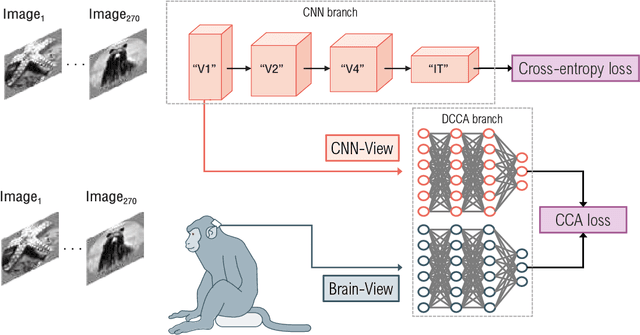
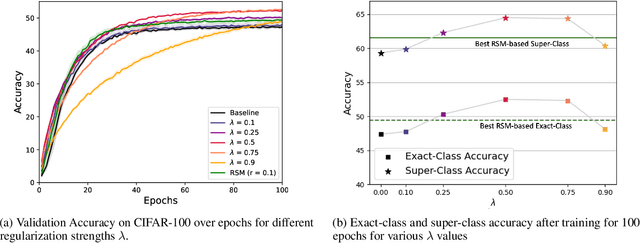
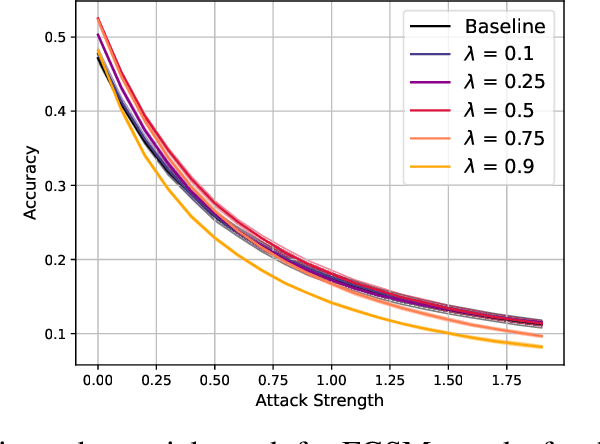
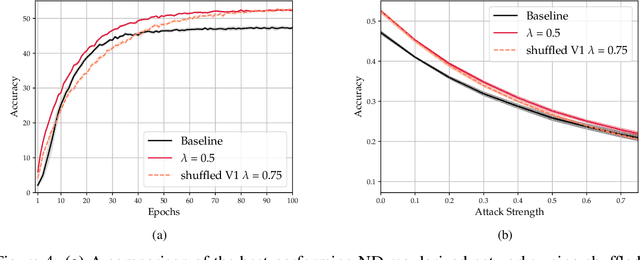
Abstract:As convolutional neural networks (CNNs) become more accurate at object recognition, their representations become more similar to the primate visual system. This finding has inspired us and other researchers to ask if the implication also runs the other way: If CNN representations become more brain-like, does the network become more accurate? Previous attempts to address this question showed very modest gains in accuracy, owing in part to limitations of the regularization method. To overcome these limitations, we developed a new neural data regularizer for CNNs that uses Deep Canonical Correlation Analysis (DCCA) to optimize the resemblance of the CNN's image representations to that of the monkey visual cortex. Using this new neural data regularizer, we see much larger performance gains in both classification accuracy and within-super-class accuracy, as compared to the previous state-of-the-art neural data regularizers. These networks are also more robust to adversarial attacks than their unregularized counterparts. Together, these results confirm that neural data regularization can push CNN performance higher, and introduces a new method that obtains a larger performance boost.
Different Spectral Representations in Optimized Artificial Neural Networks and Brains
Aug 22, 2022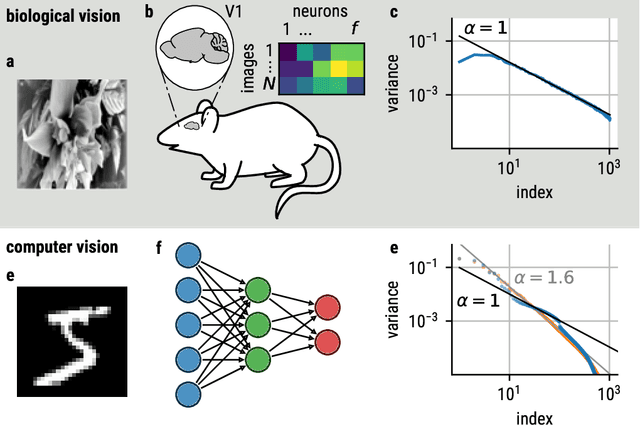
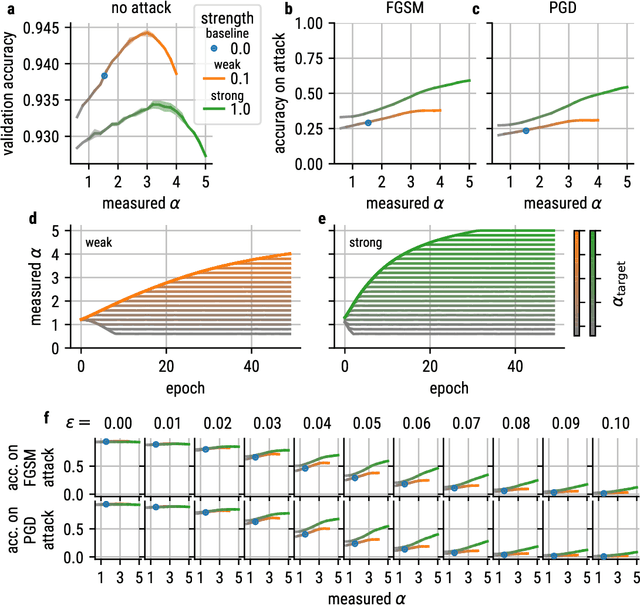

Abstract:Recent studies suggest that artificial neural networks (ANNs) that match the spectral properties of the mammalian visual cortex -- namely, the $\sim 1/n$ eigenspectrum of the covariance matrix of neural activities -- achieve higher object recognition performance and robustness to adversarial attacks than those that do not. To our knowledge, however, no previous work systematically explored how modifying the ANN's spectral properties affects performance. To fill this gap, we performed a systematic search over spectral regularizers, forcing the ANN's eigenspectrum to follow $1/n^\alpha$ power laws with different exponents $\alpha$. We found that larger powers (around 2--3) lead to better validation accuracy and more robustness to adversarial attacks on dense networks. This surprising finding applied to both shallow and deep networks and it overturns the notion that the brain-like spectrum (corresponding to $\alpha \sim 1$) always optimizes ANN performance and/or robustness. For convolutional networks, the best $\alpha$ values depend on the task complexity and evaluation metric: lower $\alpha$ values optimized validation accuracy and robustness to adversarial attack for networks performing a simple object recognition task (categorizing MNIST images of handwritten digits); for a more complex task (categorizing CIFAR-10 natural images), we found that lower $\alpha$ values optimized validation accuracy whereas higher $\alpha$ values optimized adversarial robustness. These results have two main implications. First, they cast doubt on the notion that brain-like spectral properties ($\alpha \sim 1$) \emph{always} optimize ANN performance. Second, they demonstrate the potential for fine-tuned spectral regularizers to optimize a chosen design metric, i.e., accuracy and/or robustness.
Analysis of Evolutionary Program Synthesis for Card Games
Jan 08, 2021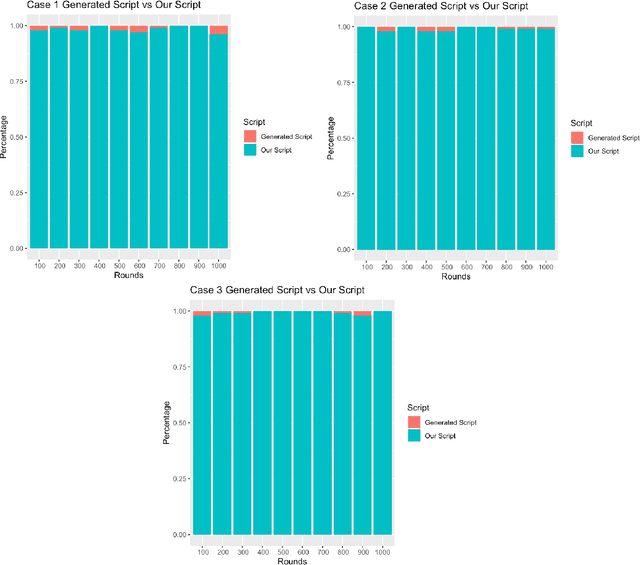
Abstract:In this report, we inspect the application of an evolutionary approach to the game of Rack'O, which is a card game revolving around the notion of decision making. We first apply the evolutionary technique for obtaining a set of rules over many generations and then compare them with a script written by a human player. A high-level domain-specific language is used that deter-mines which the sets of rules are synthesized. We report the results by providing a comprehensive analysis of the set of rules and their implications.
 Add to Chrome
Add to Chrome Add to Firefox
Add to Firefox Add to Edge
Add to Edge